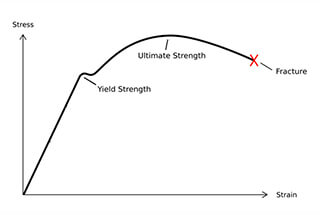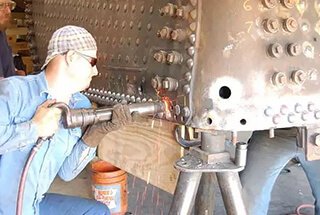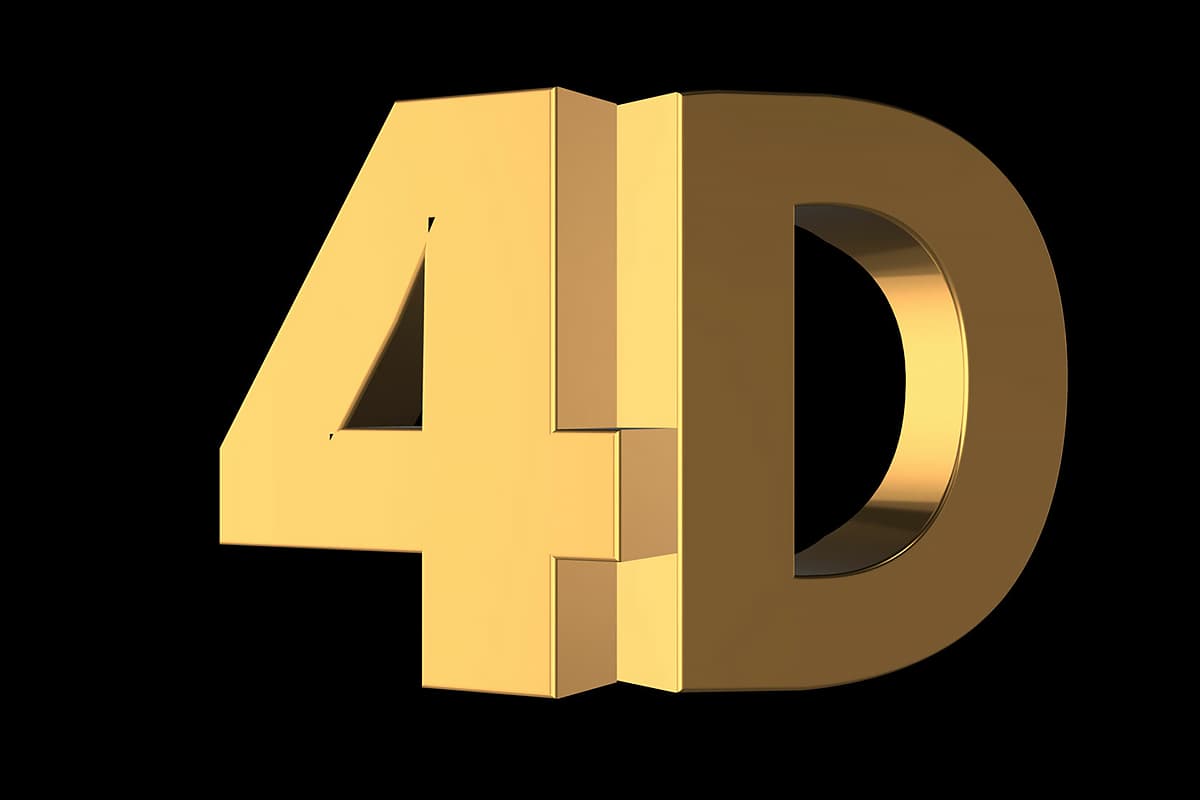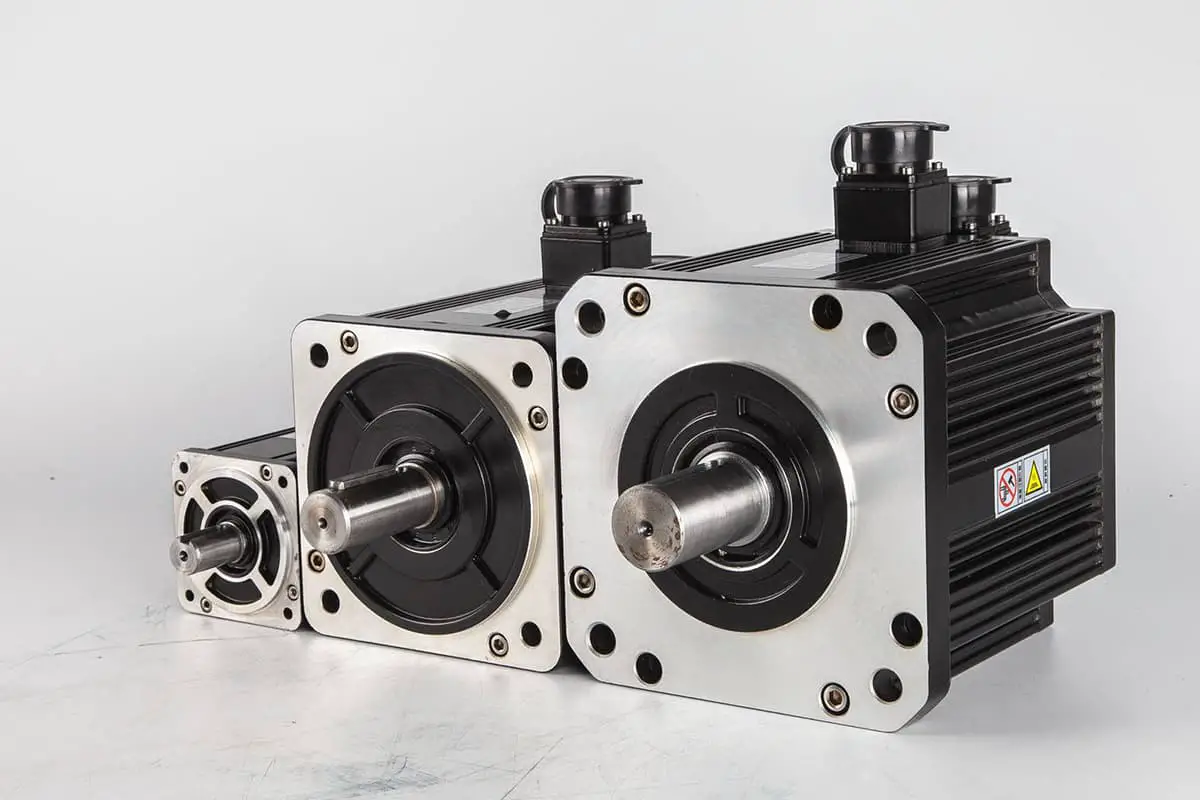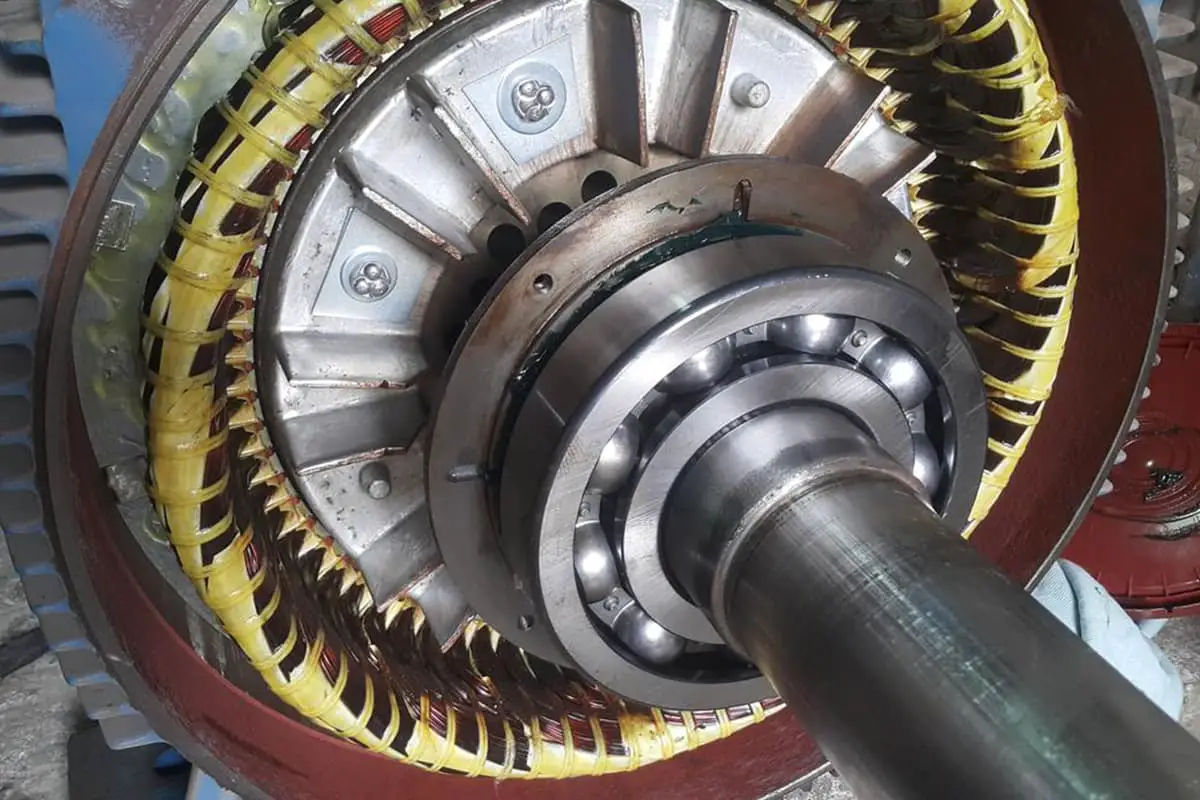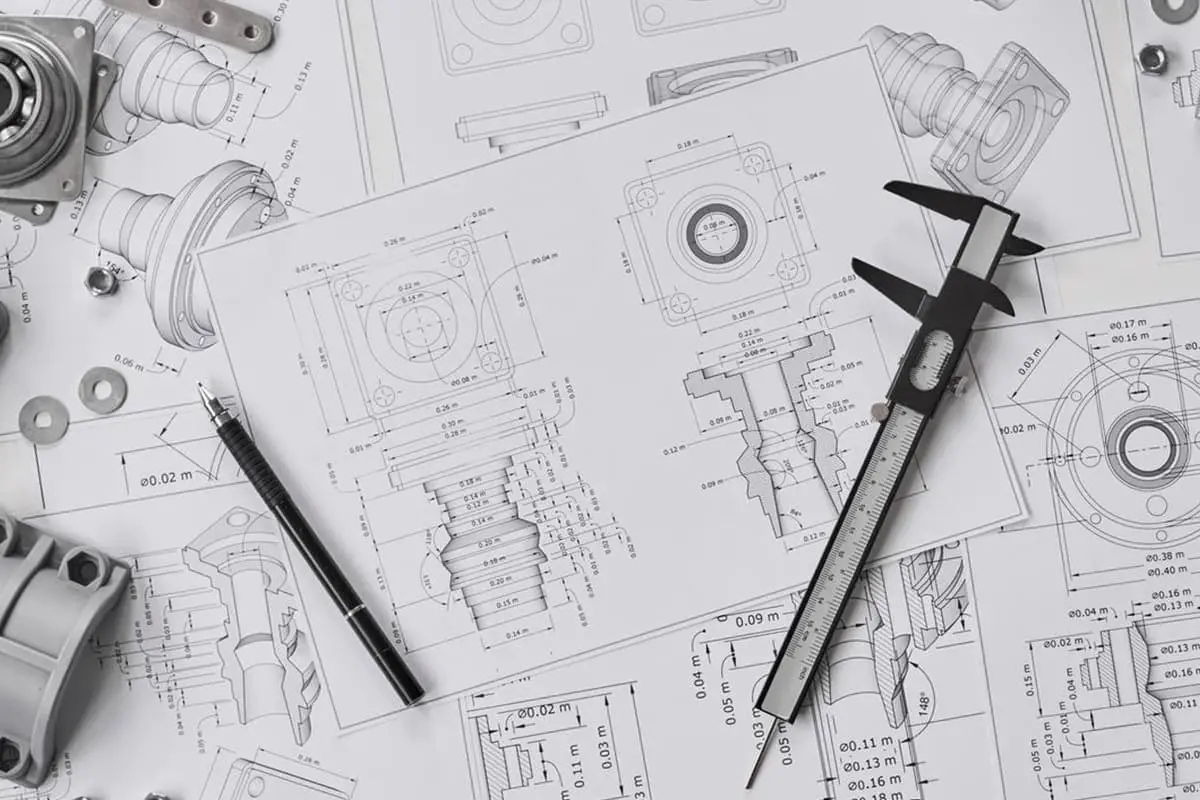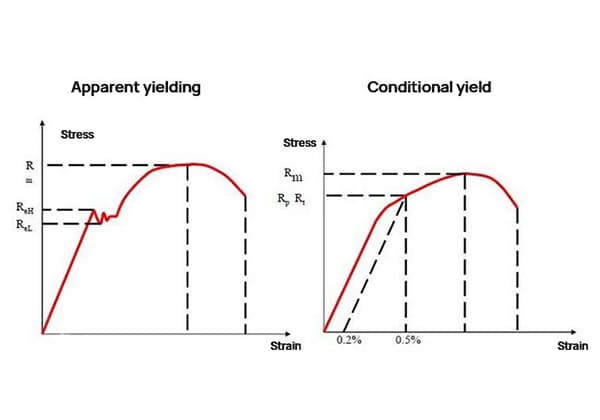
What makes lithium-ion batteries so crucial in modern technology? The intricate production process involves more than 50 steps, from electrode sheet manufacturing to cell synthesis and final packaging. This article explores these stages in detail, highlighting the essential machinery and the precision required at each step. By understanding this process, you’ll gain insight into the innovations and challenges in creating these powerful energy sources, which power everything from smartphones to electric vehicles. Dive into the complexities and see how every component and procedure plays a vital role in battery performance and safety.
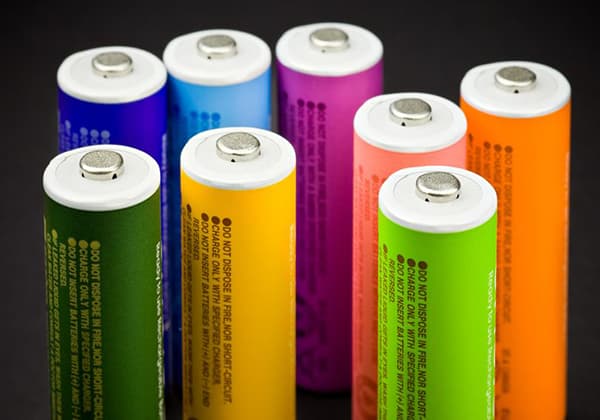
Lithium-ion batteries are sophisticated electrochemical systems comprising multiple components, including positive and negative electrodes, separators, electrolytes, current collectors, binders, and conductive additives. Their operation involves complex electrochemical reactions at both electrodes, coupled with lithium ion and electron transport mechanisms, as well as thermal management processes.
The manufacturing of lithium-ion batteries is an intricate process involving over 50 distinct steps. While the specific production methods may vary slightly depending on the cell geometry (cylindrical, prismatic, or pouch), the overall manufacturing can be broadly categorized into three main stages:
Given the critical safety requirements associated with lithium-ion batteries, the manufacturing equipment must adhere to stringent standards of precision, stability, and automation throughout the production cycle.
Lithium battery manufacturing equipment encompasses a wide range of specialized machinery designed to process and assemble various components, including electrode materials, separator materials, and electrolytes, in a carefully controlled sequence. This equipment plays a crucial role in determining both the performance characteristics and production costs of lithium-ion batteries.
The manufacturing equipment can be classified according to the three main production stages mentioned earlier. In a typical lithium-ion battery production line, the value distribution of equipment across these stages is approximately 40% for front-end, 30% for middle-stage, and 30% for back-end processes. This distribution underscores the importance of investing in high-quality equipment across all stages to ensure optimal battery performance and cost-effectiveness.

The goal of the front-end process is to manufacture the positive and negative electrode sheets. The main processes in the front-end process include mixing, coating, rolling, slitting, sheet cutting, and die cutting. The equipment used in this process includes mixers, coaters, rolling machines, slitting machines, sheet cutting machines, and die cutting machines.
Mixing the electrode materials (using a vacuum mixer) produces a slurry by uniformly mixing the solid-state battery materials for the positive and negative electrodes with a solvent. Mixing the electrode materials is the starting point of the front-end process and is the foundation for subsequent processes such as coating and rolling.
Coating (using a coating machine) is the process of evenly coating the mixed slurry onto a metal foil and then drying it to form the positive and negative electrode sheets. As the core process of the front-end stage, the quality of the coating process has a profound impact on the consistency, safety, and lifespan of the finished battery. Therefore, the coating machine is the most valuable equipment in the front-end process.
Rolling (using a rolling machine) is the process of further compacting the coated electrode sheet to increase the battery’s energy density. The smoothness of the electrode sheet after rolling directly affects the effectiveness of subsequent processes such as slitting. The uniformity of the active material in the electrode sheet also indirectly affects the performance of the battery.
Principle of Rolling Machine:
Unrolling → Unrolling with correction → Opposing rollers → Rolling up → Rolling up with correction
Slitting (using a slitting machine) is the process of cutting a wide roll of electrode sheet into several narrow strips of the required width. During the slitting process, the electrode sheet undergoes shear force and may fracture, affecting the quality of the resulting narrow strips. The smoothness of the edges of the narrow strips, including the absence of burrs and wrinkles, is a key factor in evaluating the performance of the slitting machine.
Principle of Slitting Machine:
Unrolling → Unrolling correction → Process correction → Traction → Main drive → Rolling up → Rolling up correction.
Sheet Cutting (using a sheet cutting machine) includes welding tabs onto the narrow strips of electrode sheet, attaching protective paper, encapsulating the tabs, or using laser cutting to form the tabs. These tabs are used in the subsequent winding process. Die cutting (using a die cutting machine) is the process of cutting the coated electrode sheets into a specific shape for use in the subsequent processes.
Principle of Die Cutting Machine:
Unrolling → Stamping → Die-cutting → Traction → Rolling up.
The goal of the middle-stage process in lithium battery production is to manufacture the cell. Different types of lithium batteries have different technical routes and equipment in the middle-stage process.
The middle-stage process is essentially an assembly process that involves orderly assembly of the positive and negative electrode sheets made in the front-end process with the separator and electrolyte.
Due to the different energy storage structures of square (pouch), cylindrical (rolled), and pouch cells, there are significant differences in the technical routes and equipment used in the middle-stage process for different types of lithium batteries.
Specifically, the middle-stage process for square and cylindrical cells mainly includes winding, injection, and packaging, which require equipment such as winding machines, injection machines, and packaging equipment (shell insertion machines, groove rollers, sealing machines, and welding machines).
The middle-stage process for pouch cells mainly includes stacking, injection, and packaging, which require equipment such as stacking machines, injection machines, and packaging equipment.
Winding (using a winding machine) is the process of winding the electrode sheets produced in the front-end process or the narrow strips of electrode sheet made by a roll-to-roll die cutting machine into the cell of a lithium-ion battery. This process is mainly used in the production of square and cylindrical lithium-ion batteries.
Winding machines can be further divided into square winding machines and cylindrical winding machines, which are used for the production of square and cylindrical lithium-ion batteries, respectively. Compared to cylindrical winding, the square winding process requires higher tension control, making the technology for square winding machines more challenging.
Stacking (using a stacking machine) is the process of stacking individual electrode sheets made in the die cutting process into the cell of a lithium-ion battery, mainly used in the production of pouch cells.
Compared to square and cylindrical cells, pouch cells have significant advantages in energy density, safety, and discharge performance. However, the stacking process involves multiple sub-processes and complex mechanisms that must work in parallel, making it challenging to improve stacking efficiency through complex dynamic control.
In contrast, the winding speed and efficiency of a winding machine are directly linked, with relatively simple ways to increase efficiency. Currently, there is a gap in production efficiency and yield between stacked and wound cells.
An injection machine (using an injection machine) is a piece of equipment used to inject a precise amount of electrolyte into the cell of a lithium-ion battery.
Principle of Injection Machine:
Insertion of electrolyte ring → Battery assembly → Electrolyte injection into battery → Vacuum extraction → Battery discharge.
Cell encapsulation (using encapsulation equipment such as shell insertion machines, groove rollers, sealing machines, and welding machines) is the process of placing the wound cell into the outer casing of a lithium-ion battery.
Principle of Shell Insertion Machine:
Cell feeding → Insulation sheet feeding → Shell feeding → Assembly → Shipping.
Principle of Groove Roller Machine:
Loading → Suction of pulling tape → Flowing into rolling groove → Rolling → Discharging.
Principle of Sealing Machine:
Material recycling → Feeding → Vacuum extraction → Puncture → Packaging.
Principle of Welding Machine:
Mount the fixture → Laser welding → Tear off the protective film → Collect the internal resistance of all units → Check the airtightness of all units.
The production goal of the back-end process is to complete the formation and packaging of the lithium-ion battery. By the end of the middle-stage process, the functional structure of the battery cell has been formed, and the significance of the back-end process is to activate it and form a safe and stable lithium-ion battery through testing, sorting, and assembly.
The main processes of the back-end process include formation, capacity sorting, testing, and sorting, and the equipment involved mainly includes charging and discharging machines and testing equipment.
Formation (using charging and discharging equipment) is a process of activating the battery cell by first charging it. During this process, an effective solid electrolyte interface (SEI) film is formed on the surface of the negative electrode to initialize the lithium-ion battery.
Capacity sorting (using charging and discharging equipment) is used to measure the capacity of the battery cell according to the design standards after the formation process.
Charging and discharging the battery cell is an essential part of the formation and capacity sorting process, which makes charging and discharging equipment the most commonly used core equipment in the back-end process.
The minimum working unit of a charging and discharging machine is a “channel,” and a “unit” (BOX) is composed of several “channels.” Multiple “units” combined together form a charging and discharging machine.
The testing process (using testing equipment) is carried out before and after charging, discharging, and idle state, while sorting is based on the test results to classify and select the batteries after the formation and capacity sorting process according to certain standards.
The significance of the testing and sorting process is not only to eliminate defective products but also to select batteries with similar performance as the cells are often combined in parallel and series in actual use, which helps to optimize the overall battery performance.
The production of lithium-ion batteries relies heavily on lithium-ion battery production equipment. In addition to the materials used in the batteries, the manufacturing process and production equipment are important factors that determine battery performance.
In the early days, China relied on imported lithium-ion equipment, but after several years of rapid development, Chinese lithium-ion equipment enterprises have gradually caught up with Japanese and South Korean equipment companies in terms of technology, efficiency, stability, and other aspects.
Chinese enterprises also have advantages in terms of cost-effectiveness and after-sales maintenance.
Currently, China has formed a cluster of lithium-ion equipment enterprises, and they have become a high-end equipment business card that enters the international market. With the vertical alliance and expansion of lithium-ion leaders and their overseas production, the lithium-ion equipment industry is expected to enter a new period of rapid growth due to the downstream expansion of production.



